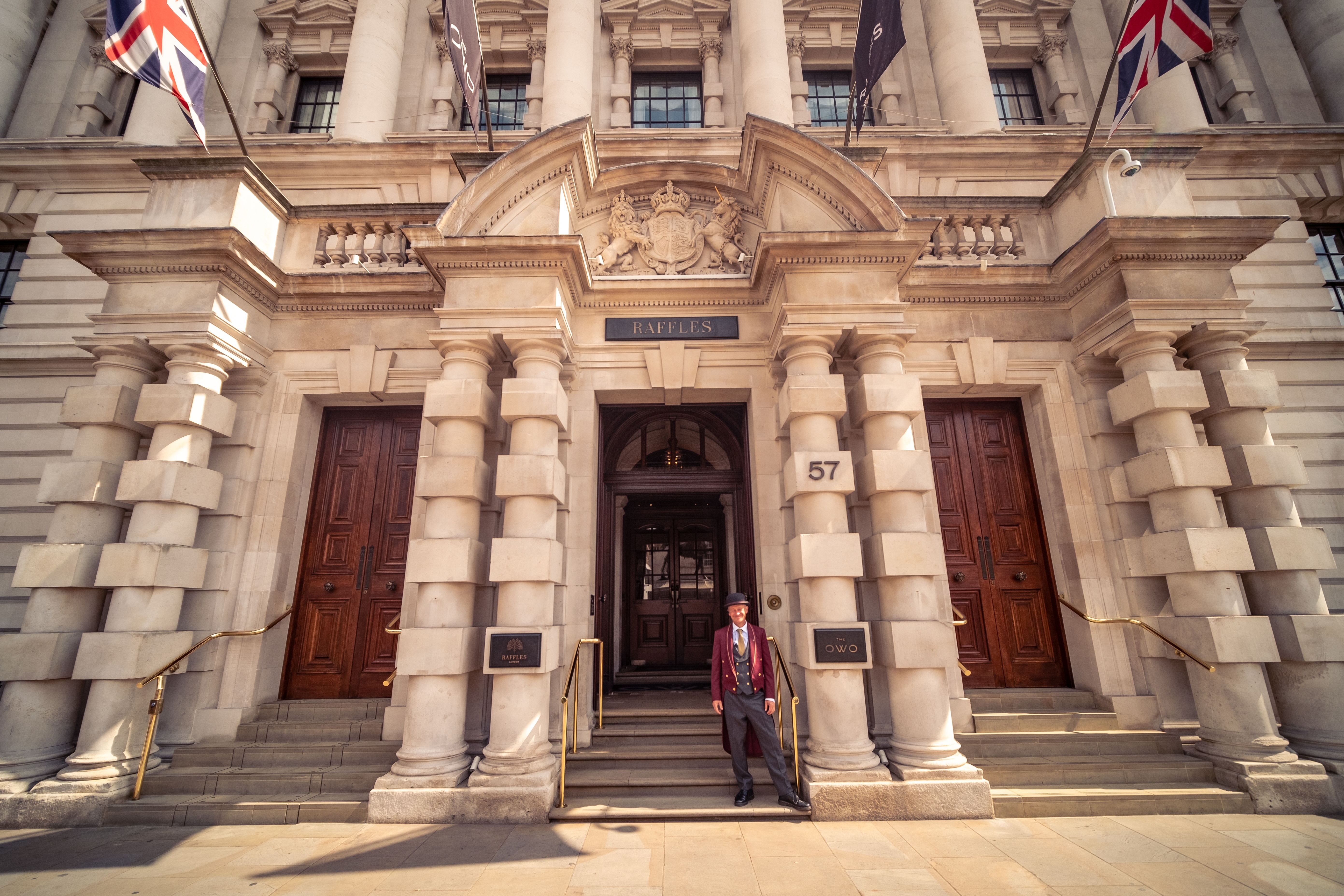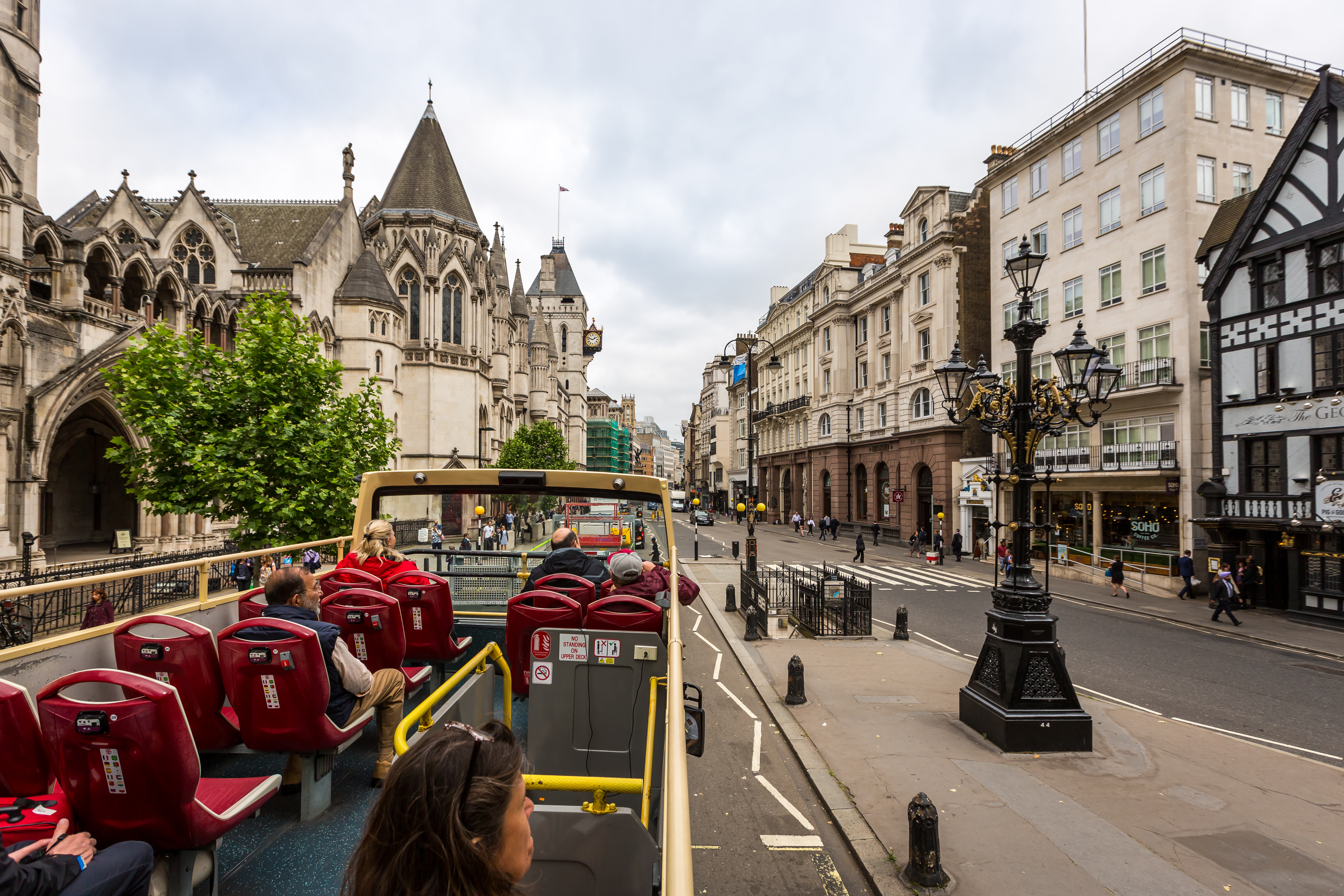Five Fascinating Andy Warhol Facts
Billions of words have been debated and endless essays written to try and comprehend the profound influence and cultural impact of Andy Warhol. If it had to be distilled down into one single phrase, game-changer would be a good place to start. Easily among the most influential artists of the 20th century, his legacy and influence continue to be cited by artists in all media today. Warhol significantly affected popular culture, instinctively shifting and then brilliantly evolving the visual lens through which society (its behaviour and emotions) expressed itself.

His extraordinary life started out in routinely humble beginnings: he was born Andrew Warhola in 1928, in Pennsylvania, the youngest son in a working-class immigrant family from Slovakia. Warhol is best known for his defining role in the Pop Art movement, where his best work blurred the boundaries between "high" art and "low" culture – a trope that endures to this day. Early on, he was a commercial illustrator for magazines like Vogue and Harper's Bazaar in New York, the city he became synonymous with. But when he moved into ‘fine art’ in the early 1960s, he challenged deeply entrenched ‘traditional’ art boundaries by incorporating imagery from popular culture, which proved a radical, and wildly successful, move. Pushing so-called Pop Art, he made iconic and visceral images instantly recognisable. His Campbell's Soup Cans, Marilyn Monroe portraits, and Brillo Boxes were celebrated (by many, if not all) as works of genius, with Warhol utilising mass production techniques to emphasise the reproducibility and accessibility of art – thus eliminating the idea that art was for the few.
While fervently challenging the notion of what could be considered art – and who could be an artist – Warhol’s studio, The Factory, became a cultural hub in itself, drawing in a glut of artists, musicians, celebrities, and socialites from all over the world. Warhol grew: he experimented voraciously, making films and music. Recurrent themes were the booming consumer culture of post-war America, the commodification of fame, which he critiqued with portraits of Monroe, Elvis Presley, and Elizabeth Taylor: done with a knowing sideways glance. Warhol became a celebrity himself; his lifestyle and persona became part of his art.
Here are some lesser known facts about a man whose cultural impact is beyond measure.
POOR HEALTH
At the age of eight, while in third grade, Warhol took ill, suffering from Sydenham's chorea (a neurological disorder that causes involuntary movements). This knockback kept him out of school and bedridden at home for long periods, which proved to be influential on the future artist. During these periods of rest and recovery, when he was confined to one place without the ability to fully explore the outside world as a normal child would, he remained curious and keen to learn: he drew, he listened to the radio, and he collected pictures of movie stars, which he later credited for developing his early interest in making art and shaped his personality (along with the death of his father in a tragic accident when Warhol was 13 years old).
Also Read: 10 Interesting Facts About Claude Monet
MODEST ROOTS
Throughout his life, Warhol's humble family background influenced his work: in fact, his mother's favoured lunchtime offering triggered the idea for his famous Campbell's Soup series – the works of which are now almost priceless in value. The artist once said: “I used to drink it [tomato soup], I used to have the same lunch every day, for 20 years.” Warhol’s mother was always important to him: she lived with her son for 18 years in New York before moving back to Pittsburgh, and her distinctive handwriting featured in his illustrations.
Also Read: Interesting Facts About Keith Haring
COMMITTED CATHOLIC
The Warhola family were devout Roman Catholics from Eastern Europe and going to church in Pennsylvania was crucial to their lives: Warhol (he later dropped the “a” to make it sound more American) attended mass regularly for most of his life, sometimes even on a daily basis.
He even travelled to Vatican City to meet Pope John Paul II, the Head of the Catholic Church, in 1980. Warhol was there on both a personal and professional mission: he was hoping to embellish a series of silk-screen celebrity portraits with the Polish Pope of the day, only to discover that his access was part of a weekly general audience (albeit VIP), rather than a private audience. The silk-screen portrait of John Paul II never materialised, but Warhol got a great photograph – and the photograph of their meeting is highly stimulating.
Also Read: Facts About Banksy
EARLY CHALLENGES
Back in 1956 – before the Pop Art explosion – the Museum of Modern Art in New York rejected Warhol’s offer to donate one of his distinctive shoe drawings after the museum had included it, or one very similar, in an exhibition. Little did they know the phenomenal future value of Warhol’s work. Just over three decades later, 210 Coca-Cola Bottles was the first Warhol work to pass the £1-million mark at Sotheby's (going for $1.4 million in 1988) while in 2009, 200 One Dollar Bills became the top-selling Warhol work ever auctioned at Sotheby's, fetching $43.8 million (more than three times the high estimate of $12m). All this for an artist whose first public display of Pop paintings was in the window of an NYC department store.
Also Read: Interesting Facts About Vincent Van Gogh
NARROW ESCAPE
With his vivid imagination and thoughtful nature, allied to his growing fame, Warhol had premonitions about a violent, early death – and this nearly materialised when ‘radical feminist’ Valerie Solanas shot him at point-blank range at The Factory in 1968. He was briefly pronounced dead, but doctors revived him and he survived. The impact was predictably significant: he went on to make works in which he figured as a living symbol of death, including many depictions of skulls, and due to the injuries he suffered, he had to wear a special corset for the rest of his life. He later opined, in typically philosophical fashion: “Before I was shot, I always thought that I was more half-there than all-there – I always suspected that I was watching TV instead of living life. Right when I was being shot and ever since, I knew that I was watching television. The channels switch, but it’s all television.”
The legacy of Andy Warhol remains a vital living organism. By brilliantly blurring the lines between fine art and commercial art, he was radical: unfurling important social and political commentary throughout the second half of the 20th century, and teaching the art world how to brilliantly critique society while making lots of money and having fun along the way. What a gift it was. For viewers, his best work explored the relationship between art, culture, and society; it contributed to broader conversations about identity and acceptance, especially for marginalised groups; and it asked us to consider the superficiality and materialism of Western society. It still does now, as the value of his iconic work testifies.



